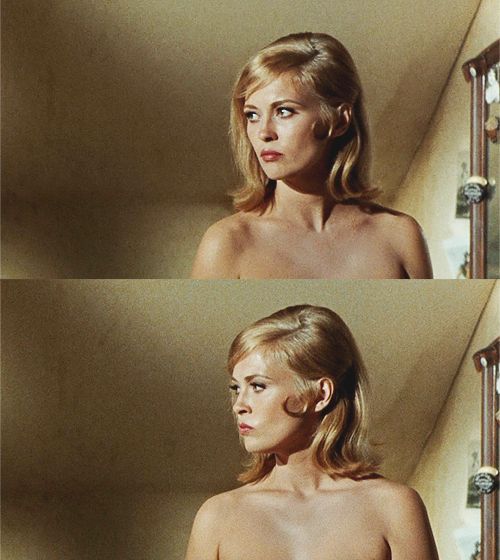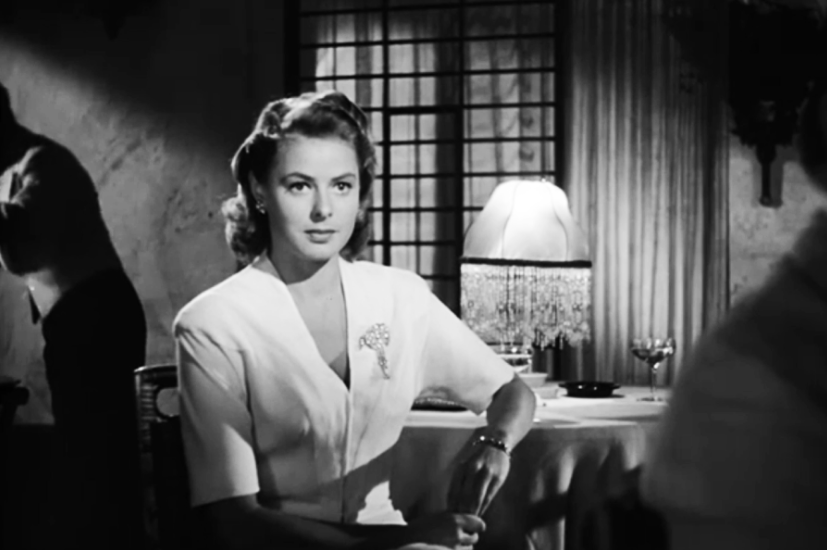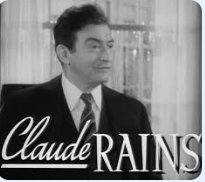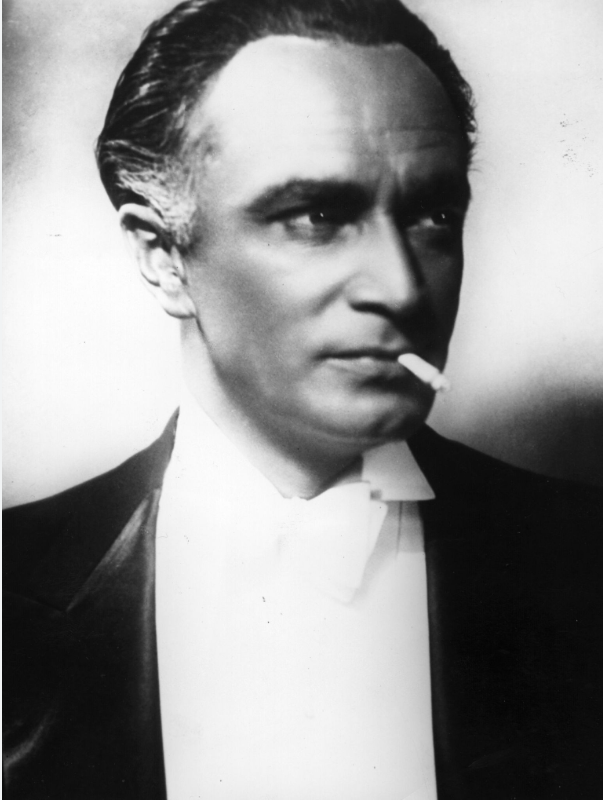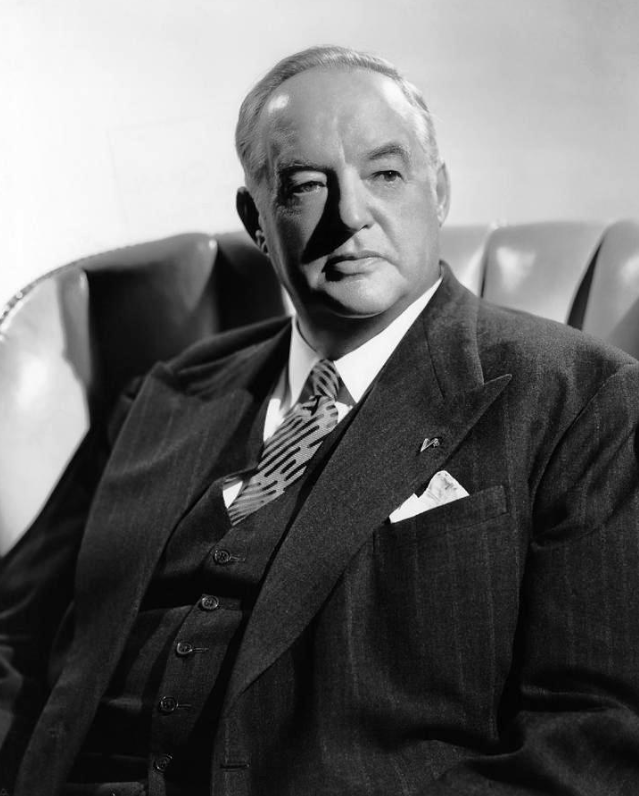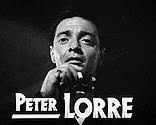Part 1: Brief Reference
| What did you like about the film? I liked the style of using still images and then using a dissolve to make it seem almost as if they were moving because it was very unique | What didn’t you like? The story was a bit confusing, especially when the protagonist was sent into the future |
| What ideas could you use? Narrative or style? Despite being confusing, I like the idea of using a time travel/post nuclear war story. I would also make my own version in black and white like this as it gives it a more vintage feel which is almost film noir reminiscent | What ideas won’t you use? Why? I probably wouldn’t use the still images because while it is a cool style, I don’t think I’d enjoy making a film like this |
Part 2: In-Depth Study – Narrative
| Narrative Feature | Example | Your own example |
| Establishing protagonist – what information do we find out? How is it conveyed? | Introduced only in narration – first in third person as “a man marked by an image”; then in first person -memory of incident at the airport. We don’t see him until the first experiment is shown. This shows how core the act of remembering is to his identity – indeed we find out very little about him (he remains nameless) apart from his ‘remembering’ (even when he is travelling in time). | A little boy standing on the railing of the Jetée and is suggested to be the protagonist—we never see his face. A POV shot is used to align with him; you can see the women walking to the plane from his point of view, and a few moments later, the point of view of the man dying even before the ending, where we find out that the protagonist is actually the one who died. |
| Establishing other characters – what information do we find out? How is it conveyed? | The Woman is the first person we see (“the only image to survive the war”) – and she is defined only by the fact the narrator remembers her. Feminist critics may comment on the fact she barely seems to exist outside the experiences of the narrator and her growing belief in him. | The scientists are shot using a low angle to show how they are important, just as the narration says ‘the victors stood guard over an empire of rats’, to suggest the way they rule over the people who live in the underground and turn them into their experiments. Furthermore, the use of the low angles on the scientists can be used to further suggest how menacing and evil they are—not only because of how they are using people for their experiments, but also for when they plot to murder the protagonist at the end. |
| Establishing location (time and place) – what information do we find out? How is it conveyed? | We are told immediately that the location is Paris. The bombed out wreckage of the city (real WW2 images) don’t immediately establish that this is the future until the narrator mentions radiation. The underground location beneath the Palais de Chaillot is shown by intercut images of broken cherubs and other sculptures. | Time is established through narration, as well as the images—the narration suggesting when the protagonist is being sent into the past. The future is established by the use of costume design—the people from the future are shown with a mark on their forehead and the futuristic design of where they are As well as this, sound is important in establishing when time travel is happening—there is a thumping noise that is reminiscent of a heartbeat that quickens when he gets closer to a different timeline |
| Creating Enigmas – what are they? How are they created? | The image the narrator obsesses over is the central enigma: who is the man he witnesses dying? How does he die? Who is the woman? The still images and voiceover powerfully evoke the nature of memory. | What other questions are posed throughout the narrative? Is this going to happen again? |
| Narrative binary oppositions | The ‘Living Present’ vs Past/Future. As the film progresses, what constitutes the ‘present’ (for the protagonist) seems to shift from his dystopian subterranean society to the ‘past’ of pre-apocalypse Paris. This is conveyed by the faster rhythm of the montage and the sequence (18:00-18:49) where the images almost become like traditional cinema. | La Jetée uses the binary oppositions of beginning vs end by establishing the protagonists’ opinions on when he saw the man die at the beginning – how he was traumatised. This is opposed by the realisation that he was that man at the end of the short film – how his older and younger self coexist. |
| Crisis – how was this conveyed? | Is it the first experiment? The moment the man spots the woman from the airport? Or is it when the future society offers him the chance to escape to the future? | I think that it is the man dying in the beginning as it poses many questions to the audience—who was the man and how and why did he die? The film is built around it; the man wanting to travel back to when that exact moment happens to meet the woman again in the past |
| Resolution – is it closed or open narrative? | The narrative is closed – but it is also in a loop: the narrator is both the dying man and the child watching the scene. This ‘time paradox’ has inspired films as diverse as The Terminator and Looper (as well as 12 Monkeys which is almost a remake). | What do you think about the end? Is it closed – or endlessly circular? The film’s ending isn’t exactly closed thanks to the circular timeline – we know that war is going to break out again and that what we just saw is going to happen all over |
Part 3: Meaning and Effect
| What did you think was the intention of the filmmaker(s)? Intellectual message? Emotional response? Everyone is trapped in their time – they cannot escape it, even through memory. It is also about concept of photography and cinema itself, trying to ‘freeze’ time with images despite time always being in motion. | How was this achieved? The use of photomontage separates each frame of the story into a frozen image – even though these are joined together using traditional narrative film techniques such as voiceover, dissolves, fades and music. As the man begins to ‘live’ more and more in the ‘past’ with his lover, the space between these frames speeds up to resemble ‘motion picture’ speed at one point. The stuffed animals in the museum are also ‘frozen’ in a single moment. Your own idea: There is a moment of movement, where the frames merge together to create the illusion of the woman blinking her eyes – suggests that they are breaking away from the time loop to maybe give the audience a glimmer of hope and tranquillity, though that immediately breaks at the cut to one of the scientists |
| Aesthetic binary oppositions The use of still photo images are combined with traditional narrative cinematic techniques that bring them ‘to life’… until the moment around 18:00 when they flow together. | Effect of these oppositions? Shows the intensity of emotion the narrator feels with his lover: like he is finally ‘living’ in moving time rather than a series of frozen, separated moments. Your example: The sounds in the background – something reminiscent of birds chirping – gives the audience a sense of reality which gets broken for dramatic effect |
Inspirations – what ideas did this film give you for your own short film?
| Establishing characters, setting, plot, theme I really liked the use of narration, especially in French, to establish key points of my film | Creating enigmas While I do want to include a narration to give exposition, I also want to include mysteries that will be solved in the form of plot twists, as it is in La Jetée. You hear about this mysterious figure who the protagonist saw die when he was younger, who ends up being himself from the future |
| Narrative structure (non-/linear? Open/ closed ending?) I’d rather do a linear plot rather than the non-linear story in La Jetée, but maybe include an open ending | Striking use of technical features I don’t want to do the still images concept and would rather make it like a regular film, but I do really like the look of black and white/film noir which I will probably do for my own film |



